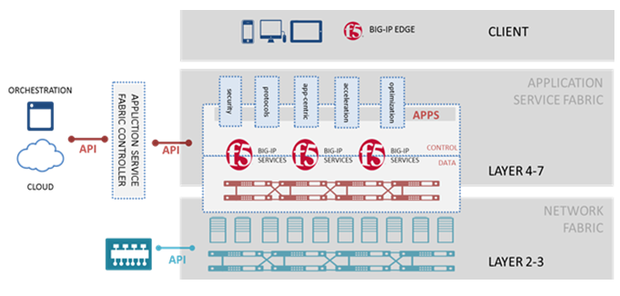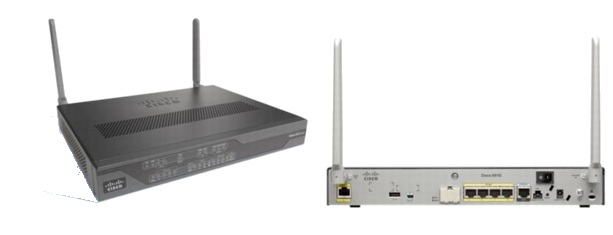Recently I was configuring a pair of Junipers SRX110s in a cluster configuration and found something that doesnt seem to be documented anywhere else, so I thought I’d share this little gotcha that had me running circles for a little while.
This article http://www.juniper.net/techpubs/en_US/junos12.1/topics/reference/general/chassis-cluster-srx-series-node-interface-understanding.html helpfully gives a table of what the interfaces become when a node is added to the cluster. However it leaves of the SRX110 model.
I, perhaps naively, thought it would behave as per the SRX100 and make the second node fe-1/0/0-7 but it behaves more like the SRX210 and makes the second node fe-2/0/0-7. Explains why I kept getting the error
'fab1' configured wrong interface as fab child
When trying to commit my changes using fe-1/0/5 as a member for fab1. Really wish auto-complete would work at that point of the command would’ve saved me some head banging.
When the config is final I’ll paste it up here for reference for anyone else that might be trying to configure one as well.
Update: It seems after a bit of work that Cluster mode wont work anyway. There’s several features that aren’t available in cluster mode, and it also looks like Juniper has disabled cluster mode on any JunOS release after 11.2 so you can’t upgrade and get any of the other nice features.
Looks like I’ll end up having to go with 2 separate firewalls and use VRRP and/or routing to make it work with redundancy.




 From everyone at Butcher Consulting we’d like to wish all our clients and friends a Merry Christmas as well as a happy, safe and prosperous New Year
From everyone at Butcher Consulting we’d like to wish all our clients and friends a Merry Christmas as well as a happy, safe and prosperous New Year